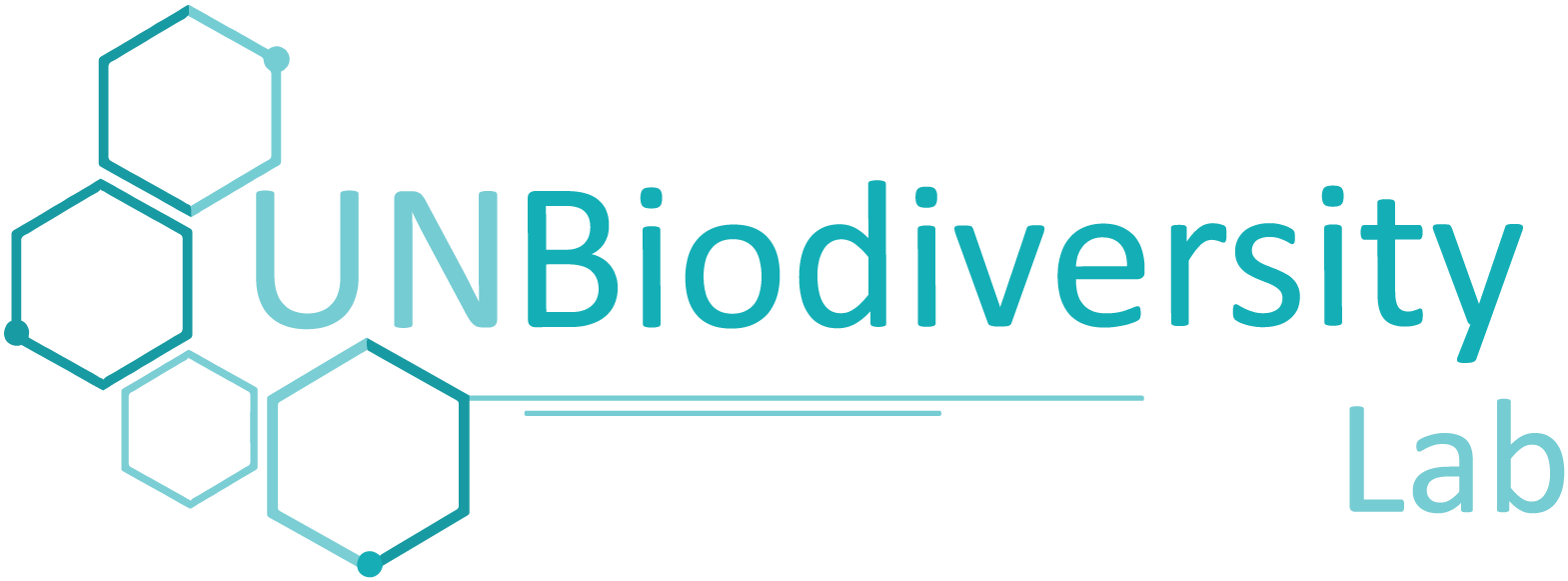Support
FAQs
Frequently asked questions
Can’t see an answer to your question in our FAQ? Feel free to contact our support team at support@unbiodiversitylab.org. You can also access the animated user guide by clicking on the user guide tab above. You can access a downloadable version of this guide here: English | French | Spanish | Portuguese | Russian
User guide
UNBL workspaces
Private workspaces
Are you working to conserve nature and foster sustainable development? Do you have national data you would like to visualize and analyze in combination with our global data layers? We offer workspaces for diverse stakeholders to use UNBL tools in a secure environment.
Contribute
Contribute

Do you have data that would enrich the public platform of UNBL? Are you willing to be a part of a scientific community committed to the open sharing of spatial data? If you have global data that addresses biodiversity, climate change, or sustainable development, we want to hear from you.
Please see the data selection criteria of UNBL here.

How are you using spatial data for insight and action in your work? UNBL works to highlight diverse use cases from around the world. Our team will work with you to build a photo essay or google earth story to highlight your achievements. Success stories will be shared in our Featured Stories section.
Contact us
Contact us
Please leave your message and contact information below and we will respond as soon as possible. Alternatively, you can email us at support@unbiodiversitylab.org.
United Nations Development Programme
304 East 45th Street
New York, NY 10017
